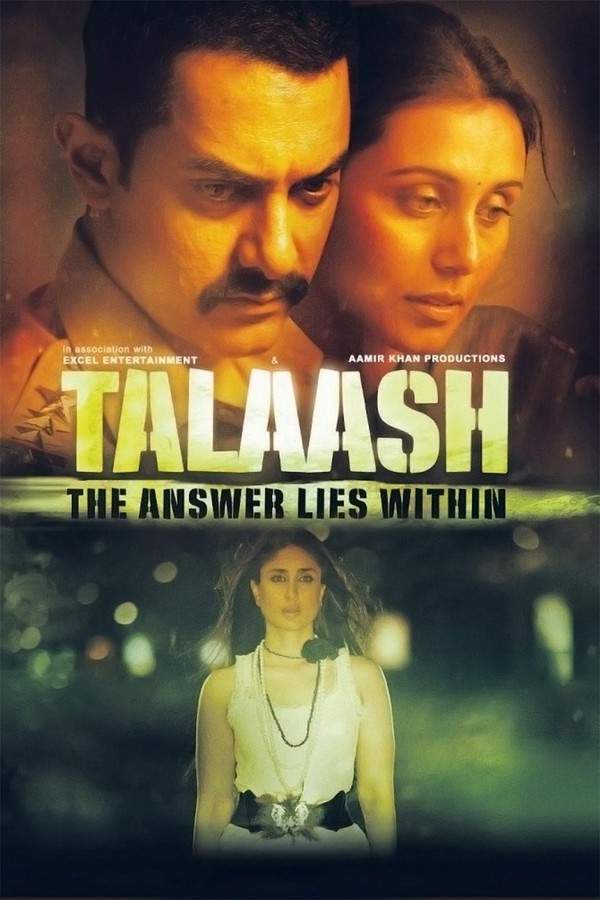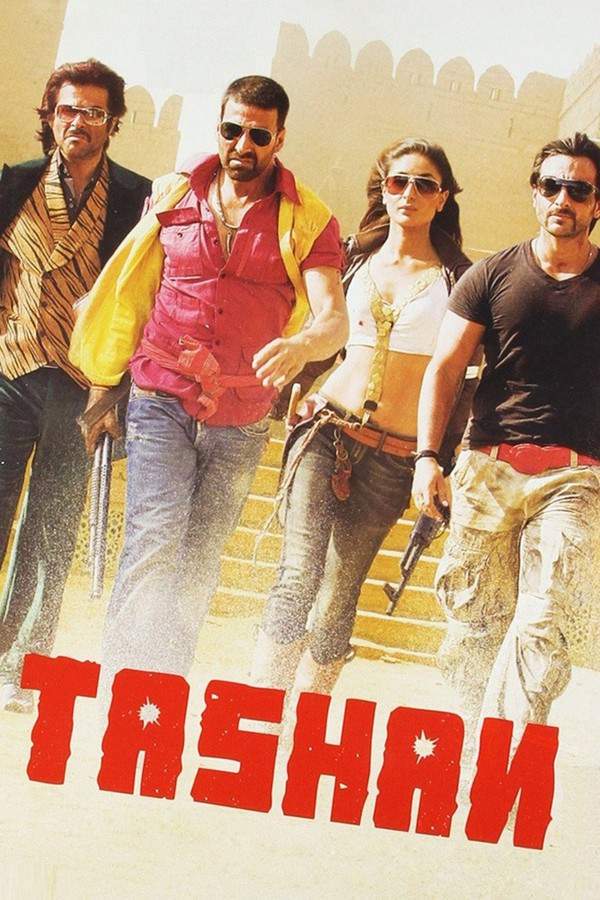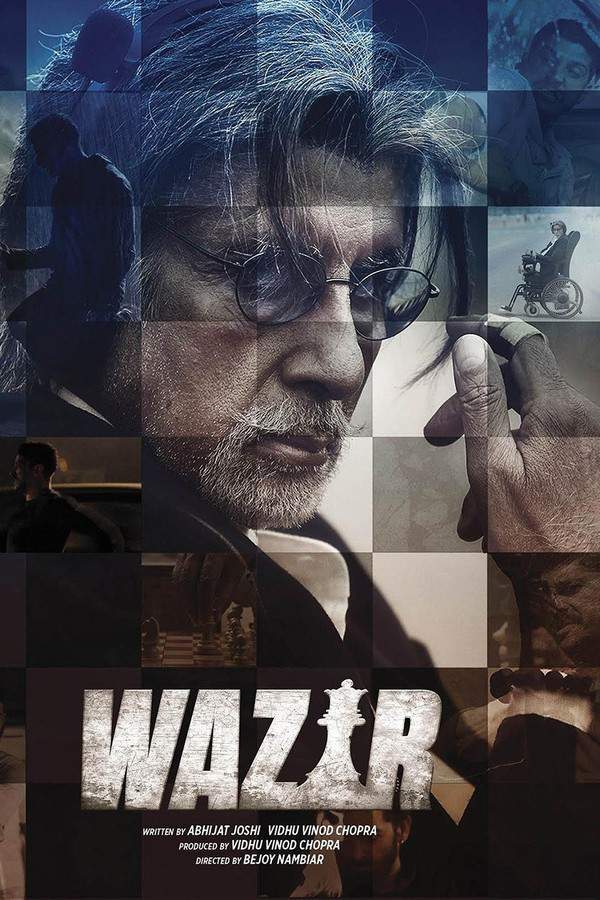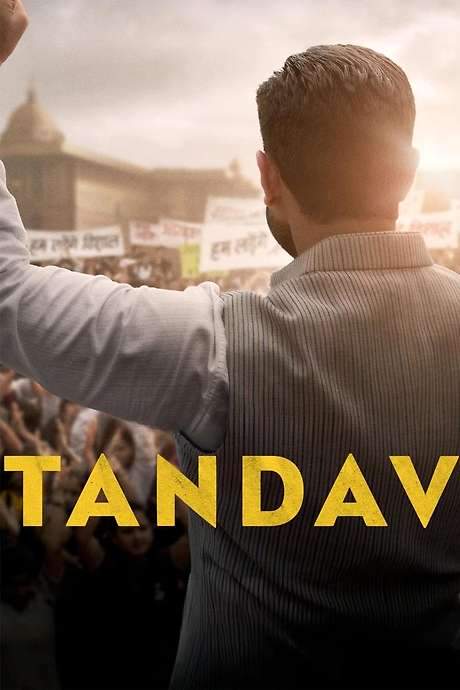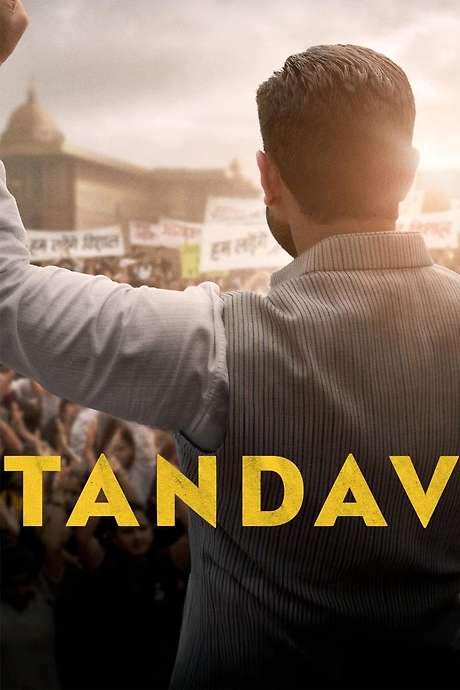The Tashkent Files 2019
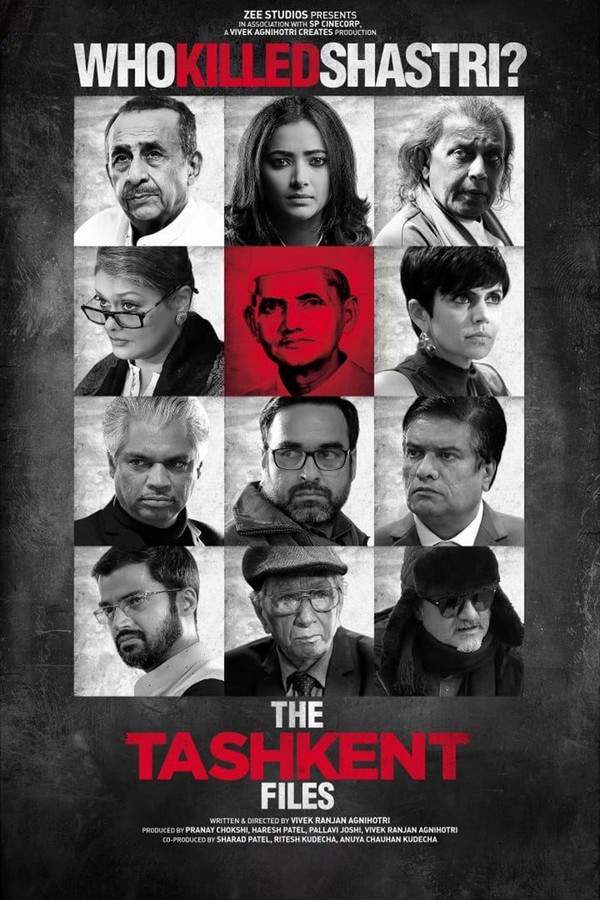
Following the sudden and unexpected death of India’s second Prime Minister, a journalist embarks on an investigation to determine the circumstances surrounding his demise. Driven by a desire for the truth, he uncovers a complex web of political maneuvering and hidden agendas. His inquiries expose long-buried secrets and potentially destabilizing revelations, forcing him to confront powerful forces who want the truth to remain hidden.
Does The Tashkent Files have end credit scenes?
No!
The Tashkent Files does not have end credit scenes. You can leave when the credits roll.
Meet the Full Cast and Actors of The Tashkent Files
Explore the complete cast of The Tashkent Files, including both lead and supporting actors. Learn who plays each character, discover their past roles and achievements, and find out what makes this ensemble cast stand out in the world of film and television.

Ravi Shankar Jaiswal

Pankaj Tripathy

Vinay Pathak
Mukhtar
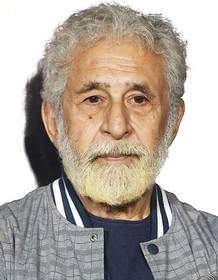
Naseeruddin Shah
PKR Natarajan

Achint Kaur
Mrs. Natarajan

Shweta Prasad

Prakash Belawadi
GKS Anantha Suresh

Mandira Bedi
Indira Joseph Roy

Ankur Rathee
Imran Qureshi

Mithun Chakraborty
Shyam Sunder Tripathi

Mohan Kapoor

Pallavi Joshi
Aisha Ali Shah

Prashantt Guptha
Vishwendra Pratap Singh Rana
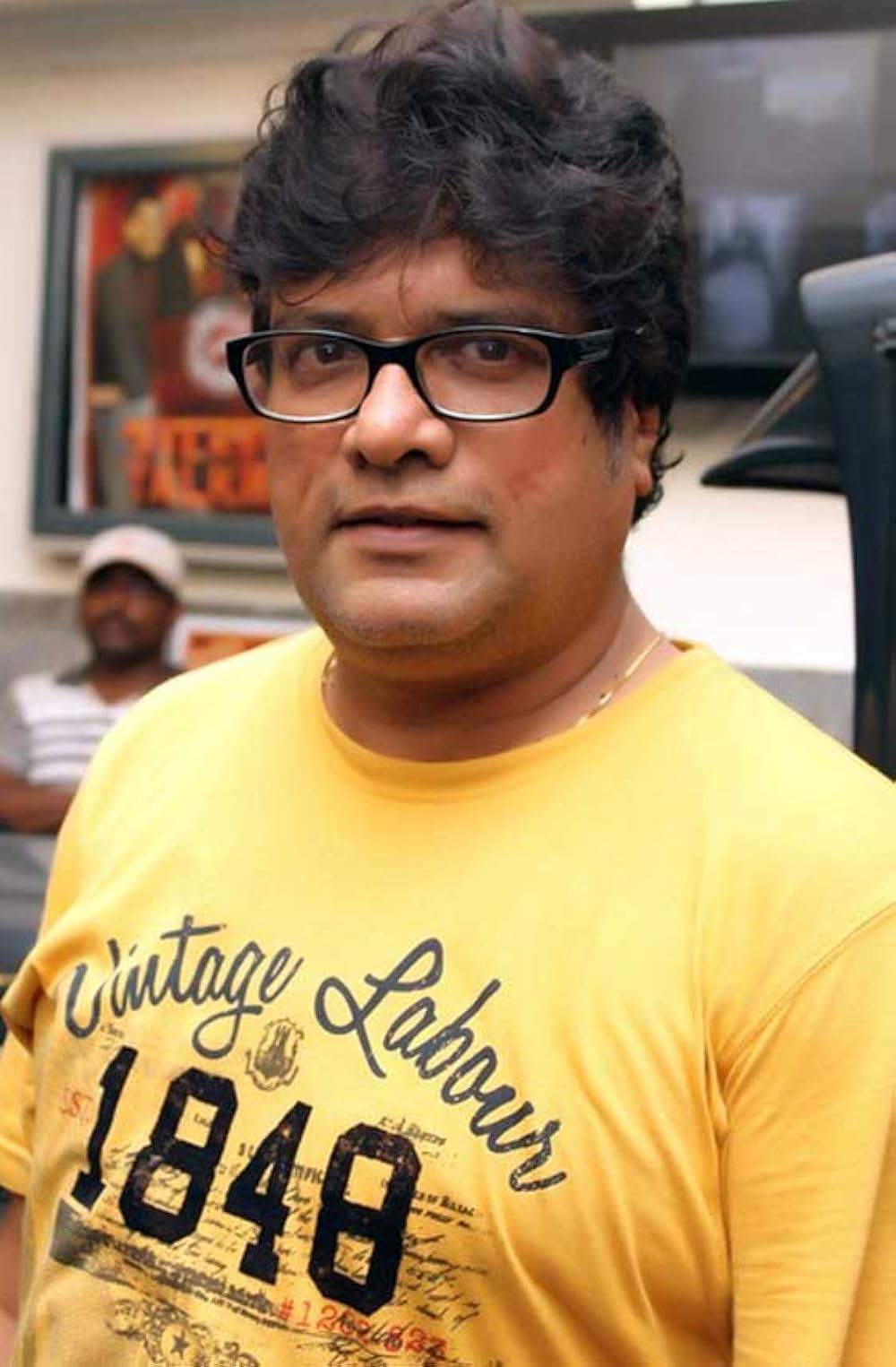
Rajesh Sharma
Omkar Kashyap

Yusuf Hussain
External Links and Streaming Options
Discover where to watch The Tashkent Files online, including streaming platforms, rental options, and official sources. Compare reviews, ratings, and in-depth movie information across sites like IMDb, TMDb, Wikipedia or Rotten Tomatoes.
Ratings and Reviews for The Tashkent Files
See how The Tashkent Files is rated across major platforms like IMDb, Metacritic, and TMDb. Compare audience scores and critic reviews to understand where The Tashkent Files stands among top-rated movies in its genre.

The Movie Echo Score
Overall, The Tashkent Files offers a provocative premise but suffers from uneven execution. Critics uniformly criticized its simplistic storytelling and overt political angle, noting numerous inconsistencies and moments that provoked eye-rolls rather than insight. While some viewers appreciated its factual revelations and strong focus on political themes, many pointed to sluggish pacing and forced dramatization that undermine engagement. The film’s divided reception reflects its compelling subject matter overshadowed by shortcomings in narrative cohesion and craft.
The Movie Echo Score Breakdown for The Tashkent Files

Art & Craft
In terms of art and craft, the film’s direction and visual presentation are inconsistent. Reviewers pointed to awkward camera angles and shaky cinematography, and some mentioned weak editing that hampered narrative flow. A few appreciated the absence of song interruptions and clear production design choices, but most found the style uneven and lacking cohesion. Overall, the technical execution often detracts from the film’s intended impact.

Character & Emotion
When it comes to character and emotion, performances generate a split response. Several viewers praised Shweta Basu Prasad’s nuanced portrayal and Mithun Chakraborty’s engaging presence, noting strong moments of ensemble chemistry. Critics, however, faulted the melodramatic delivery and over-the-top dialogue that hinder emotional authenticity. Despite occasional compelling scenes, inconsistent character depth and exaggerated acting limit the audience’s emotional investment.

Story & Flow
In terms of story and flow, the narrative presents a thought-provoking premise but struggles with coherence. Critics highlighted its simplistic reasoning, half-baked plotting, and unintentionally humorous dialogue, while some users noted sluggish pacing and needless stretches before the final act. The conspiracy thriller elements lack rigorous development, leading to confusion and sporadic engagement. As a result, the film’s storyline often feels disjointed and underdeveloped.

Sensory Experience
Regarding sensory experience, the soundtrack and sound design receive mixed feedback. A few viewers found the score effective in supporting tense moments, but others described misaligned audio choices and unclear sound mixing that distracted from key scenes. Visual cohesion is similarly uneven, with noted lapses in camera work and occasional production design flaws. Ultimately, the sensory elements fluctuate between enhancing and undermining the film’s atmosphere.

Rewatch Factor
For rewatch factor, the film offers limited replay value. While its exploration of historical intrigue and factual details prompted some viewers to revisit thematic elements, most noted that the sluggish pacing and repetitive dramatization diminish motivation for subsequent viewings. The initial novelty of the conspiracy premise wears off quickly when confronted with narrative inconsistencies. Consequently, the film’s lasting appeal remains confined to its subject matter rather than enduring entertainment.


0%
TOMATOMETER

84%
User Score

8.1 /10
IMDb Rating

74
%
User Score
Take the Ultimate The Tashkent Files Movie Quiz
Challenge your knowledge of The Tashkent Files with this fun and interactive movie quiz. Test yourself on key plot points, iconic characters, hidden details, and memorable moments to see how well you really know the film.
The Tashkent Files Quiz: Test your knowledge on the intriguing events surrounding Lal Bahadur Shastri's mysterious death and its political implications.
Who was the 2nd Prime Minister of India mentioned in the film?
Lal Bahadur Shastri
Jawaharlal Nehru
Indira Gandhi
Gulzarilal Nanda
Show hint
Full Plot Summary and Ending Explained for The Tashkent Files
Read the complete plot summary of The Tashkent Files, including all major events, twists, and the full ending explained in detail. Explore key characters, themes, hidden meanings, and everything you need to understand the story from beginning to end.
Lal Bahadur Shastri, recognized as the second Prime Minister of India, was instrumental in guiding the nation through a pivotal triumph against Pakistan in 1965. Following this victorious period, he traveled to Tashkent, Uzbekistan, to formalize the Tashkent Agreement, a significant treaty signed on January 10, 1966, after an intense six-day negotiation. Tragically, Shastri passed away merely hours after signing this crucial document, leaving behind a shroud of mystery surrounding his untimely demise.
Fast forward to 1992, where the narrative takes a thrilling turn as a Russian spy affiliated with the KGB approaches the British Embassy in Latvia. He presents a briefcase packed with explosive documents revealing how the USSR systematically eliminated key state leaders globally. Enter Raagini Phule, played by Shweta Prasad, an ambitious investigative journalist under immense pressure to create a compelling “scoop” for her publication. She receives an anonymous call that leads her to a trove of documents related to Shastri’s life and the circumstances leading to his death. Armed with this shocking information, Raagini proposes to her supervisor the idea of investigating the whereabouts of Shastri’s postmortem report, which has mysteriously gone missing for over fifty years. The story gains traction, and soon, the media frenzy sweeps the nation.
At the political helm is P. K. R. Natarajan, portrayed by Naseeruddin Shah, serving as India’s home minister. On the opposing side, Shyam Sunder Tripathi, played by Mithun Chakraborty, leads the Janshakti party. In a strategic meeting, Natarajan recalls the political maneuvers that positioned Shastri as Prime Minister, indicating that after the demise of Jawaharlal Nehru, it was Kamaraj who played a significant role in elevating him to power, only to later pave the way for Indira Gandhi to ascend as PM post Shastri’s death.
Both Natarajan and Tripathi conspire to set up a committee to thoroughly investigate Shastri’s mysterious passing, with four nominees from each side. Raagini is invited to join this high-stakes committee alongside notable figures like Justice Kurian Abraham (Vishwa Mohan Badola), youth leader Vivendra Pratap Singh Rana (Prashantt Guptha), IAS officer G. K. S. Anantha Suresh (Prakash Belawadi), NGO activist Indira Joseph Roy (Mandira Bedi), historian Aiysha Ali Shah (Pallavi Joshi), and archival director Omkar Kashyap (Rajesh Sharma).
Shastri’s declining health is also a subject of deep concern, especially considering he had suffered two heart attacks before his trip to Tashkent. The abrupt change of his accommodation from a well-equipped hotel to a mere bungalow raises serious questions. While the hotel was equipped with an operating theater and oxygen, the bungalow fell short, lacking even basic medical provisions. Eight doctors tended to him, yet only six were willing to sign off on his medical report, casting further doubt on the circumstances surrounding his health at that critical moment. A deeply unsettling reality emerges: Shastri was only provided with an intramuscular injection when an intravenous option might have saved his life.
Raagini’s investigation takes a dramatic turn when she encounters a mysterious benefactor who supplies her with a Soviet version of Shastri’s medical report, which starkly contradicts the Indian government’s official stance. This alternative account raises grave suspicions about the true cause of Shastri’s demise. Omkar, a member of the committee, references a book by a former CIA operative indicating that both Shastri and Homi Bhabha, who were poised to advance India’s nuclear capabilities, were systematically eliminated by CIA machinations.
There’s an added emotional layer as Imran Qureshi (Ankur Rathee), Natarajan’s security chief and Raagini’s ex-boyfriend, attempts to intimidate her into abandoning the investigation. As investigations unfold, it becomes chillingly apparent that two witnesses to Shastri’s death—a doctor and his assistant—mysteriously died mere days after Shastri, under suspicious circumstances, leaving a trail of unanswered questions.
Amidst mounting evidence, the committee begins to contemplate a more sinister conspiracy—suggesting that Shastri’s legacy was deliberately erased because he was a transformative leader, and the Congress party sought to suppress a non-Nehru figure from overshadowing the nation’s history. The Green and White Revolutions, alongside significant advancements in India’s atomic program, bore the hallmark of Shastri’s vision; yet, these contributions have largely faded from public consciousness.
Raagini further delves into the details surrounding Shastri’s body, which turned black upon returning to India, signaling possible poisoning. The narrative takes a shocking turn when it is claimed that the cook who prepared Shastri’s final meal was a Muslim, implying a potentially sectarian motive behind the attack—this revelation deeply enrages Ayisha.
A pivotal encounter occurs when Raagini meets her benefactor, Bakshi, a former editor who reveals that the Congress party was complicit with the KGB in orchestrating Shastri’s removal. It is further disclosed that concrete evidence exists within the Tashkent files, which subsequently puts Raagini in grave danger as Bakshi dies in an accident shortly after their encounter.
In a bid to stifle Raagini’s efforts, Natarajan and Tripathi exploit their authority to expel her from the investigative committee, hiding behind the veil of the Official Secrets Act. However, Raagini is relentless, and with sheer determination, she persuades Tripathi to allow her a final opportunity to present her findings.
With compelling evidence, she illustrates that Shastri was indeed poisoned, evidenced by his cap—a personal belonging that bore stains of blood from injuries sustained posthumously. This raised alarming questions about the integrity of the medical reports submitted. Furthermore, it is suggested that an intricate conspiracy ensued thereafter, leading to India’s alignment under Soviet influence, culminating in the embedding of “Socialism” within the Indian constitution during a politically turbulent era.
In a scintillating climax, Raagini unveils the Tashkent files, once deemed inaccessible, which unravel the complex ties between Indira Gandhi and the KGB, signifying that the political fate of India was manipulated from the shadows. The narrative starkly insinuates that Indira Gandhi was indeed on the payroll of the KGB, implicating her in a larger scheme to secure her power while jeopardizing the sovereignty of the nation. Through this intricate tale of political intrigue, the film delves into the profound conspiracy that overshadowed one of India’s most pivotal figures.
Uncover the Details: Timeline, Characters, Themes, and Beyond!

Coming soon on iOS and Android
The Plot Explained Mobile App
From blockbusters to hidden gems — dive into movie stories anytime, anywhere. Save your favorites, discover plots faster, and never miss a twist again.
Sign up to be the first to know when we launch. Your email stays private — always.
Discover Film Music Concerts Near You – Live Orchestras Performing Iconic Movie Soundtracks
Immerse yourself in the magic of cinema with live orchestral performances of your favorite film scores. From sweeping Hollywood blockbusters and animated classics to epic fantasy soundtracks, our curated listings connect you to upcoming film music events worldwide.
Explore concert film screenings paired with full orchestra concerts, read detailed event information, and secure your tickets for unforgettable evenings celebrating legendary composers like John Williams, Hans Zimmer, and more.


Cars Featured in The Tashkent Files
Explore all cars featured in The Tashkent Files, including their makes, models, scenes they appear in, and their significance to the plot. A must-read for car enthusiasts and movie buffs alike.
The Tashkent Files Themes and Keywords
Discover the central themes, ideas, and keywords that define the movie’s story, tone, and message. Analyze the film’s deeper meanings, genre influences, and recurring concepts.

Unlock the World of Movies with Our Comprehensive Wiki
Dive into our Movie Wiki for in-depth film encyclopedia entries, including cast biographies, production trivia, plot synopses, behind-the-scenes facts, and thematic analyses. Whether you’re researching iconic directors, exploring genre histories, or discovering hidden easter eggs, our expertly curated movie database has everything you need to fuel your cinematic passion.

Similar Movies To The Tashkent Files You Should Know About
Browse a curated list of movies similar in genre, tone, characters, or story structure. Discover new titles like the one you're watching, perfect for fans of related plots, vibes, or cinematic styles.
Quick Links: Summary, Cast, Ratings, More

What's After the Movie?
Not sure whether to stay after the credits? Find out!
Explore Our Movie Platform
New Movie Releases (2025)
Famous Movie Actors
Top Film Production Studios
Movie Plot Summaries & Endings
Major Movie Awards & Winners
Best Concert Films & Music Documentaries
Movie Collections and Curated Lists
© 2025 What's After the Movie. All rights reserved.























